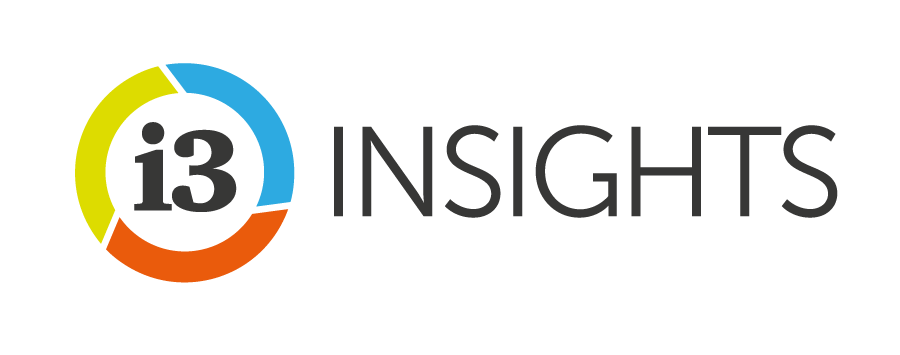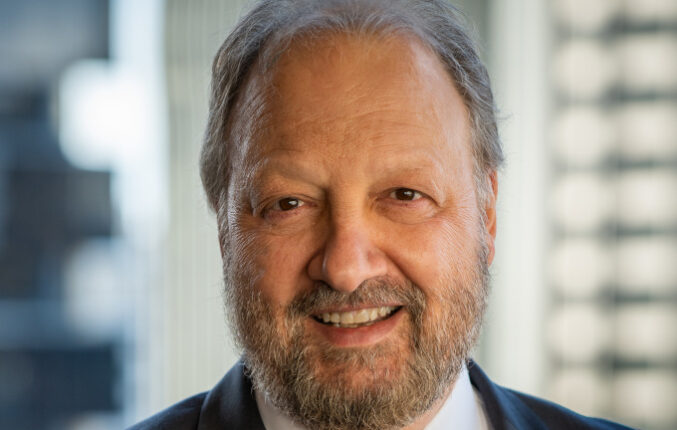State Super’s defensive overlays helped the fund remain positive during the COVID turmoil, CEO John Livanas tells [i3] Insights.
When it comes to investing, preventing loss is arguably as important as generating returns, if not more.
But as Danish physicist Niels Bohr is likely never to have said: “It’s difficult to make predictions, especially about the future.”
It wasn’t United States baseball coach Yogi Berra either, nor Nostradamus for that matter, who came up with this quote.
But it is likely to have been Danish in origin.
According to website, Quote Investigator, this quote was penned down by Danish politician Karl Kristian Steincke, who was citing an unnamed politician in his autobiography of 1948.
But whoever said it, the sentiment rings true when it comes to market drawdowns.
And although you can’t predict crises, you can plan for them, John Livanas, Chief Executive Officer of State Super, argued in a recent podcast interview for [i3] Insights.
“We don’t anticipate any crash, but what we know is that these things do happen from time to time. So we need to set up the parameters that if they do, the fund remains whole,” Livanas said during the [i3] Podcast.

We don't anticipate any crash, but what we know is that these things do happen from time to time. So we need to set up the parameters that if they do, the fund remains whole
As a closed fund, with increasingly more members moving into the retirement phase, State Super can’t afford any significant drawdowns. It has, therefore, been running a comprehensive options program to protect the portfolio against downturns for quite some time.
“So we have a fairly extensive downside protection program, which manages risk. What we want to get to is we want to have asymmetric risk outcomes, so we get upside, but we don’t get as much downside,” Livanas said.
“That’s where you use your overlays. Maybe we need to look at our foreign currency exposure, maybe we need to look at where our equity markets might be vulnerable, and then we start tweaking the overlays a little bit.”
More recently, the fund has been using machine learning techniques to help it plan better for potential crises by monitoring dislocations in the market. These tools help to digest the enormous amount of information that comes to the team.
“Machine learning is a tool. We are trying to leverage data in a slightly better way,” Livanas said.
The defensive overlay program stood the fund in good stead during the COVID-19 crash. As markets started to plummet in March 2020, the team started to exercise their options.
“Because we are in negative cash flow, we don’t have the benefit of averaging on the way up. Cash-flow positive funds actually like [crisis] times because what happens is you are able to buy assets cheaply and then, you know, you leverage them on the way up.
“Funds that have got negative cash flow have got exactly the opposite problem. What happened during COVID is our downside protection triggered and we ended up being in a position that throughout COVID on a year-to-date basis we never got negative.
“We’ve managed to preserve capital, which allowed us then to maintain our net cash outflow position on the way through. So the way we do that is not to anticipate, but to think about how these factors will take place.”
The problem with an options overlay is that once triggered during a crisis it can be hard to rebuild a defensive position as options tend to become very expensive in times of crisis. And although many market participants expected to see a long period of market volatility after the initial drawdown in March 2020, the market turmoil disappeared as quickly as it had appeared.
“So volatility spiked – we actually monetised a lot of our options during that time – but you know, the interesting thing is that volatility came back down again. I didn’t think that that was going to be the case,” Livanas said.
“I thought they would have volatility hanging around for a hell of a lot longer than it did, but it didn’t. So we were actually more able to rebuild the protection than otherwise I thought we would.”
Following the COVID pandemic, State Super did restructure its portfolio quite significantly as the market conditions had changed quite substantially and asset correlations shifted.
“Bond prices just collapsed and bond yields were going up all the way through to 4 to 4.5 per cent. Just before that, we had virtually no bonds, no long-term bonds in the portfolio,” Livanas said.
“Pretty much everything was variable rate, where we had exposure to credit or debt. And what we realised is that we could now get back to the portfolios that I grew up on, which is you can now introduce bonds into the portfolio with the expectation that you would get good returns out of the bonds, plus you would have another way of managing risk in the portfolio.
“So we did move the asset allocations quite a bit around.”
To listen to the full podcast with State Super CEO John Livanas, please click here.
__________
[i3] Insights is the official educational bulletin of the Investment Innovation Institute [i3]. It covers major trends and innovations in institutional investing, providing independent and thought-provoking content about pension funds, insurance companies and sovereign wealth funds across the globe.


